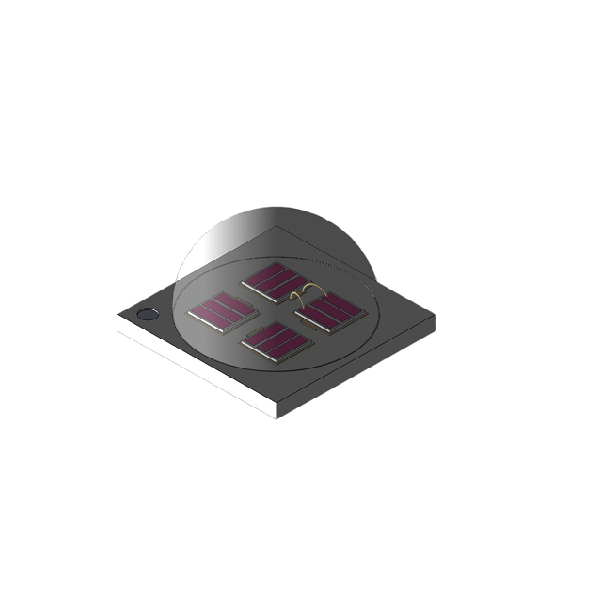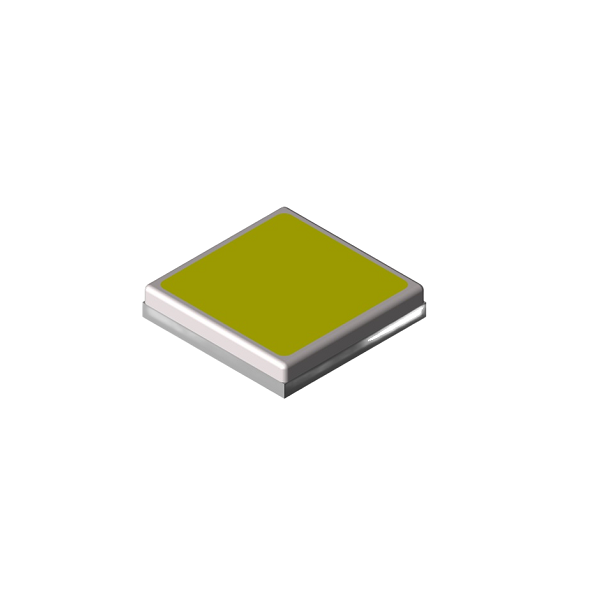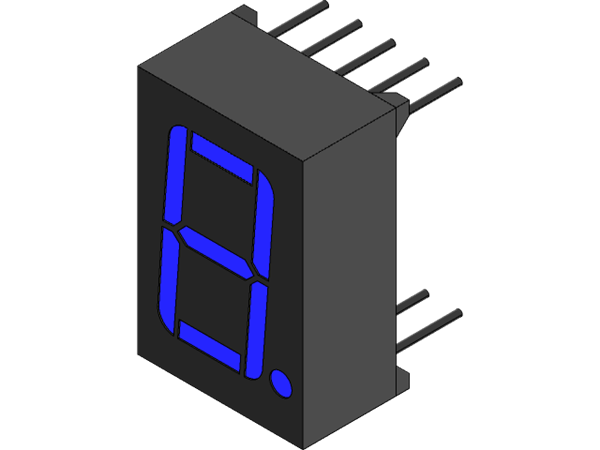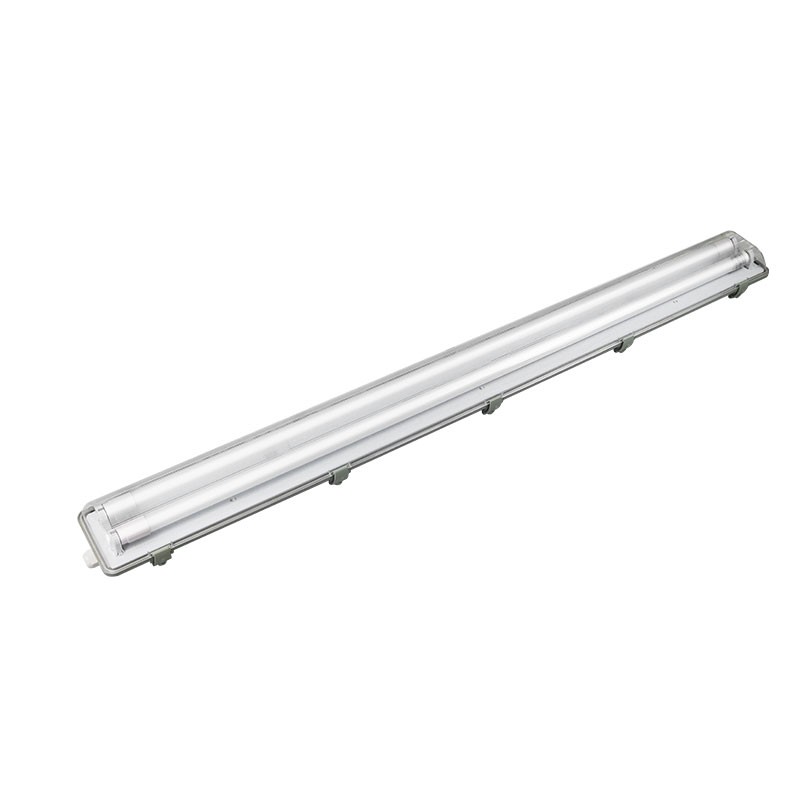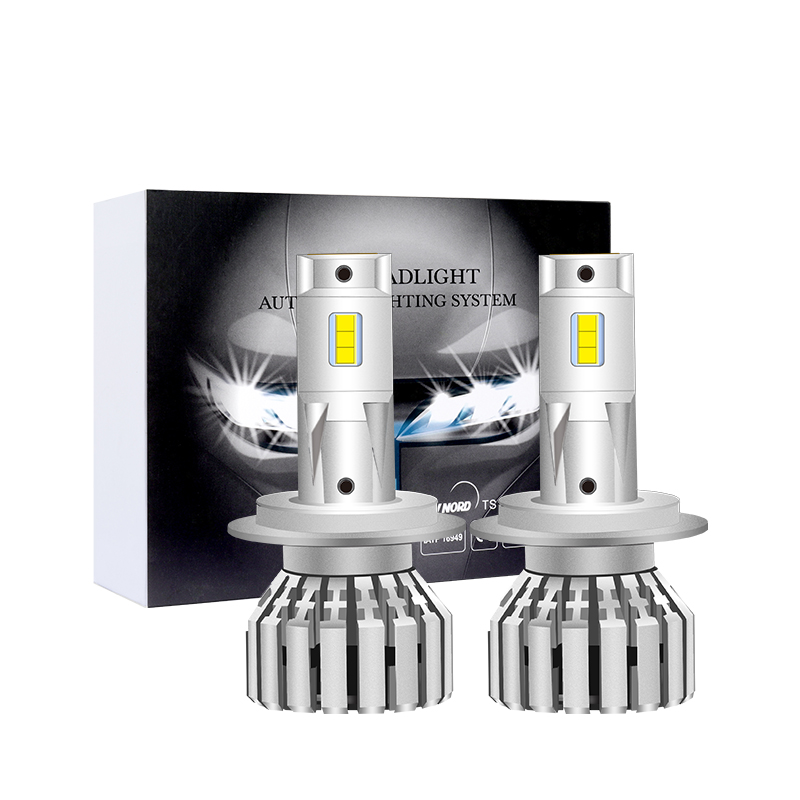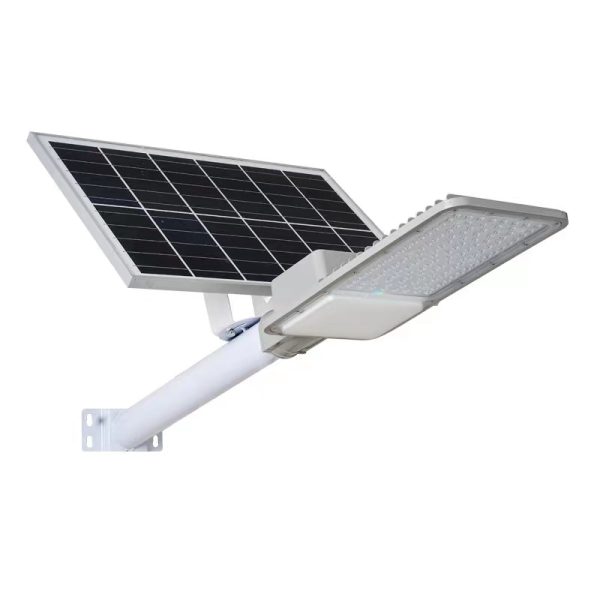Solar Lights Introduction
In recent years, there has been a growing awareness and emphasis on the importance of sustainable energy sources. This focus has led to the rapid development and popularity of solar lights as an alternative to conventional lighting solutions. Solar lights, also known as solar-powered lights, are becoming increasingly popular due to their eco-friendly nature, cost-effectiveness, and ease of installation. In this article, we will delve into the different types and models of solar lights, their specifications, advantages, installation process, applications, and storage capabilities.
Types and Models of Solar Lights:
Solar lights encompass a wide range of designs and functionalities to cater to various lighting needs. Some of the common types and models of solar lights include solar garden lights, solar street lights, solar spotlights, solar flood lights, and solar lanterns.
Solar Garden Lights: Solar garden lights are designed to light up outdoor spaces such as gardens, pathways, driveways, and landscapes. These lights are usually mounted on stakes that can be easily pushed into the ground. Solar garden lights come in various forms, including decorative lanterns, post lights, and string lights, making them aesthetically pleasing while providing illumination.
Solar Street Lights: Solar street lights are specifically designed for outdoor lighting in public areas such as streets, parks, and parking lots. These lights are equipped with high-powered LED bulbs and solar panels, ensuring optimal luminosity throughout the night. Solar street lights often incorporate advanced technologies such as motion sensors and dimming capabilities to conserve energy when not in use.
Solar Spotlights: Solar spotlights are ideal for highlighting specific areas or objects such as trees, sculptures, or architectural features. These lights are adjustable and usually come with a stake or wall-mounted options. Solar spotlights are known for their bright and focused illumination.
Solar Flood Lights: Solar flood lights are powerful light fixtures that are used for areas requiring high-intensity lighting, such as sports fields, billboard advertisements, or construction sites. Solar flood lights are designed to provide ample lighting over a large area and often come with adjustable features to accommodate various lighting requirements.
Solar Lanterns: Solar lanterns are portable lighting solutions that are used for outdoor activities such as camping, hiking, and emergency situations. These lanterns are lightweight, durable, and often have multiple brightness options. Solar lanterns are designed to charge during the day and provide illumination throughout the night.
Specifications and Advantages of Solar Lights:
Solar lights come with specific specifications that determine their performance and capabilities. Key specifications to consider when choosing solar lights include solar panel wattage, battery capacity, charging time, and working time.
Solar panel wattage refers to the power rating of the solar panel that converts sunlight into electricity. Higher wattage panels usually generate more electricity, leading to faster charging and increased illumination.
Battery capacity determines the amount of energy that can be stored by the solar light. Higher battery capacity generally allows for longer working times, ensuring consistent illumination throughout the night
Charging time is the amount of time required for the solar panel to fully charge the battery. This time can vary depending on factors such as solar radiation and panel efficiency. It is crucial to select solar lights with shorter charging times for faster and more efficient use.
Working time indicates the duration of illumination provided by the solar light after a full charge. Depending on the battery capacity and lighting requirements, solar lights can provide anywhere from a few hours to an entire night of illumination.
Advantages of solar lights are manifold and make them a favorable choice over traditional lighting options. Solar lights are powered by renewable energy, making them environmentally friendly and reducing the carbon footprint. Since they are not dependent on electricity grids, solar lights operate independently, reducing energy costs and providing an alternative energy source. Additionally, solar lights are low maintenance and require minimal operational costs, contributing to long-term savings.
Installation and Application of Solar Lights:
The installation process of solar lights is generally straightforward and user-friendly. Most solar lights come with simple instructions and can be easily installed without the need for electrical expertise. Here are some general steps for installing solar lights:
- Select the desired location: Choose the area where you want to install the solar light, ensuring it receives sufficient sunlight throughout the day.
- Mounting or placement: Depending on the type of solar light, secure it in the desired location using stakes, screws, or brackets.
- Position the solar panel: Ensure that the solar panel is positioned in a way that it receives direct sunlight. Adjust it accordingly for optimal charging efficiency.
- Test the light: After installation, test the solar light by covering the solar panel to activate the light. This step ensures the light is working correctly before complete installation.
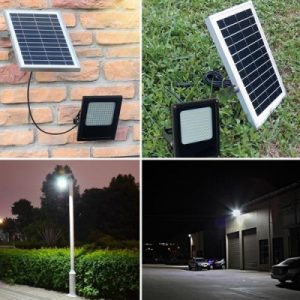
Solar lights find numerous applications in both residential and commercial settings. In residential settings, solar lights are commonly used for outdoor lighting purposes, such as providing illumination to gardens, pathways, decks, and patios. They enhance the aesthetic appeal of outdoor spaces while minimizing energy consumption.
In commercial settings, solar lights are extensively used for street lighting, parking lots, signage illumination, and perimeter security lighting. Solar street lights, in particular, are gaining popularity in developing regions where grid electricity is unreliable or non-existent. These lights provide a sustainable and cost-effective solution for illuminating public spaces, improving safety and security.
Storage Capabilities:
Solar lights are equipped with built-in batteries that store solar energy during the day for use at night. The battery capacity determines the amount of energy that can be stored and utilized by the solar light. Depending on the model and specifications, solar lights can store enough energy to provide illumination throughout the night.
It is essential to consider the storage capabilities of solar lights while selecting the appropriate model for specific applications. For areas that experience extended periods of cloudy weather or limited sunlight, choosing solar lights with higher battery capacity ensures consistent illumination even during adverse conditions.
In conclusion, solar lights have emerged as a viable and sustainable solution for outdoor lighting needs. With their various types and models, one can easily find solar lights that cater to specific lighting requirements. Solar lights offer significant advantages such as energy efficiency, cost-effectiveness, and environmental friendliness. Their uncomplicated installation process and applications in diverse settings make them a popular choice. As the demand for renewable energy sources continues to rise, investing in solar lights is a step towards embracing clean energy and contributing to a greener future.


